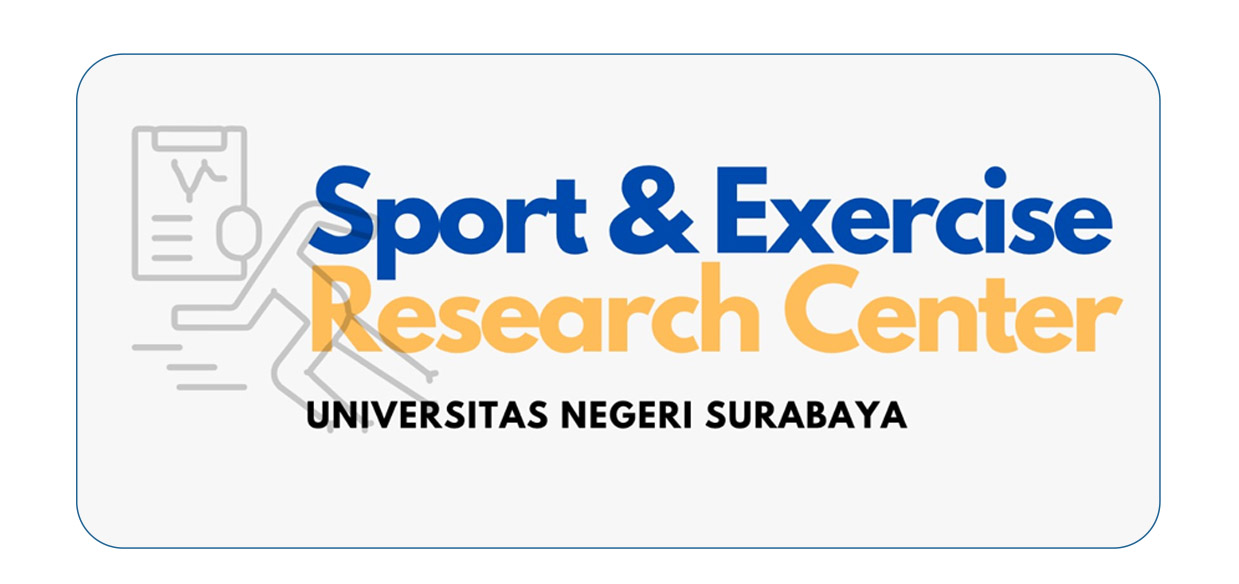Author Guidelines
Abstract
Abstract written in English using Garamond size 11, single-space, justified, and consists of 100-200 words. The abstract should provide a brief introduction to the problem, the objective of the study, followed by a statement regarding the methodology and a brief summary of result. The abstract should end with a statement of the significance of the result and a brief conclusion.
Keywords
Each keyword separated by semicolon: keyword 1; keyword 2;… keyword 5 (in English).
Introduction
Introduction is written in Garamond size 12, single-space, and justified. Introduction begins with identification of the problem that describes the research gap, urgency, and novelty, followed by the objective of the study. The recommended page length of the introduction is 20% of total page.
Method
Methods include the design, population, sample, data sources, techniques/instruments of data collection and data analysis procedures. Methods should make readers be able to reproduce the following procedure or protocol, therefore author(s) should provide sufficient detail to allow the work to be reproduced. Methods already published should be indicated by a reference: only relevant modifications should be described. Do not repeat the details of established methods and do not use statistical formulation.
Result
Results should be clear and concise. The results should summarize (scientific) findings rather than providing data in great detail. Please highlight differences between your results or findings and the previous publications by other researchers. The author(s) can use tables, graphs or pictures as needed to describe the results.
Please submit tables as editable text and not as images. The title of the table is writeen in a short and brief phrase (not a sentence) and is placed in the above. Table titles start with capital letters, bold, and placed in the center. The space between the table and the text before and after is 1 space. Author(s) should place explanatory matters in footnotes, not in the heading.
Table 1. Title written in sentence case (Garamond size 12)
The Example Column A Column B
First data 1 2
Second data 3 4
Third data 5 6
Tables should not be cut off on separate pages. Table truncation is allowed if it exceeds one page and the table has already started at the top then is insufficient so that additional space is required. If a table does not fit on one page or is split into two parts by the page break, you must include the the table heading before the table starts, as is standard.
Table 2. Title written in sentence case (Garamond size 12)
The Example Column A Column B
First data 1 2
Second data 3 4
Third data 5 6
Tables are sequentially numbered with the table title and number above the table. Tables should be centered on the page. Tables should be followed by a line space (12pt). Elements of a table should be align-left and single-spaced, however double spacing can be used to show groupings of data or to separate parts within the table. Number tables consecutively in accordance with their appearance in the text using Arabic number eg: Table 1, Tabel 2. Do not show vertical line in the table. There is only horizontal line should be shown within the table. Be sparing in the use of tables and ensure that the data presented in them do not duplicate results described elsewhere in the article.
Figure 1. Title Written in Title Case (Garamond size 12)
Images and/or graphs must be placed on the page as .jpg, .jpeg or .png files and must be referenced in the text, for example see Figure 1. If a figure has been published previously, acknowledge the original source. Figures should not contain footnotes. All information, including explanations of abbreviations must be present in figure legends. Figure legends should be written bellow the figure, in sentence case.
Discussion
The discussion contains the interpretation of result that is supported by theory, literature and relevant study, not a repeated of the results. The proportion of reference literature is 80% from articles published in the last 5 years and 20% from other sources, such as books (last 10 years) and relevant regulations or standards. Aspirations of insight are universal, preferably an international source than local or regional source. Please ensure that every reference cited in the text is also present in the reference list (and vice versa).
The following components should be covered in discussion: How do your results relate to the original question or objectives outlined in the introduction section (what)? Do you provide interpretation scientifically for each of your results or findings presented (why)? Are your results consistent with what other investigators have reported (what else)? Or are there any differences? The discussion material mainly explores whether the results obtained are in accordance with the hypothesis or not, and present the arguments.
Conclusion
Conclusions should answer the objectives of research. It tells how the study advances the field from the present state of knowledge. Do not repeat the abstract, or just list experimental results. Provide a clear scientific justification of this study, and indicate possible applications and extensions. The author(s) can also suggest future experiments and/or point out those that are underway. Conclusion should not be expressed in statistical sentences. It is written in one paragraph, not in numerical or bullets and numbering form.
Acknowledgement
Recognize those who helped in the research, especially funding supporter of this research. Include individuals who have assisted you in the study: advisors, financial supporters, or other supporters.
References
The references listed in the bibliography are only those that are actually cited in the manuscript. Author(s) must use reference manager such as Mendeley to avoid typing mistakes and duplicate references. The number of bibliography/references in articles is at least 20 sources, which is 80% come from primary sources (journals, magazines, laws, data reports), and the rest 20% come from secondary sources (books or other resources). Articles with references from international indexed-journals will be preferred.
Up-to-date scientific articles referred to must be considered: it must be relevant publications in the last 5 years for journal article, while books are at least published in the last 10 years. Bibliography is arranged alphabetically and should include full title and other components, as recommended by APA 6th Edition.
Example:
Book:
De Vaus, D. A. (2014). Surveys in social research. Sydney, Australia: Allen & Unwin.
Book chapter:
McKenzie, H., Boughton, M., Hayes, L., & Forsyth, S. (2008). Explaining the complexities and value of nursing practice and knowledge. In I. Morley & M. Crouch (Eds.), Knowledge as value: Illumination through critical prisms (pp. 209-224). Amsterdam, Netherlands: Rodopi.
Journal article
Cheung, J. M. Y., Bartlett, D. J., Armour, C. L., Laba, T. L., & Saini, B. (2018). To drug or not to drug: A qualitative study of patients decision-making processes for managing insomnia. Behavioral Sleep Medicine, 16(1), 1-26. doi:10.1080/15402002.2016.1163702
Webpage with an author
Wangi Sintya (2020). Ngantor? Nih cara cegah covid-19 di tempat kerja dari WHO. Retrieved from https://www.cnbcindonesia.com/news/20200921113643-4-188171/ngantor-nih-cara-cegah-covid-19-di-tempat-kerja-dari-who
Webpage with no author
Situasi terkini perkembangan coronavirus disease 23 september 2020. (2020). Retrieved from https://covid19.kemkes.go.id/situasi-infeksi-emerging/info-corona-virus/situasi-terkini-perkembangan-coronavirus-disease-covid-19-23-september-2020/#.X2v5smgzaUk
Newspaper article
Fellner, C. (2019, April 7). Time bomb: Two new cases as NSW faces worst measles outbreak in years. The Sydney Morning Herald. Retrieved from https://www.smh.com.au
Government publication
Australian Institute of Health and Welfare. (2018). Physical activity across the life stages. Retrieved from https://www.aihw.gov.au/reports/physical-activity/physical-activity-across-the-life-stages/contents/table-of-contents
Company or industry report
Vuong, B. (2018, November). IBISWorld industry report OD5381. Coffee shops in Australia. Retrieved from IBISWorld database.
ADDITIONAL INFORMATION
- The article must be written in A4 and the paper must be 6-9 pages in length.
- Plagiarism, data fabrication, and image manipulation are not tolerated. Approximately 20% similarity index should be allowed. The editors will screen plagiarism manually on the Title, Abstract, and Body Text of the manuscript using plagiarism detection software. If the similarity index exceeds 20%, the editorial board will reject the manuscript immediately.
- Our editorial board will investigate any allegations of publication misconduct and may contact the authors' institutions or funders if necessary. If evidence of misconduct is found, appropriate action will be taken to correct or retract the publication. Authors are expected to comply with the best ethical publication practices when publishing with JOSSAE (Journal of Sport Science and Education).
- Since volume 9, we will publish articles with author/co-authors from foreign affiliations only (at least 2 different countries).








